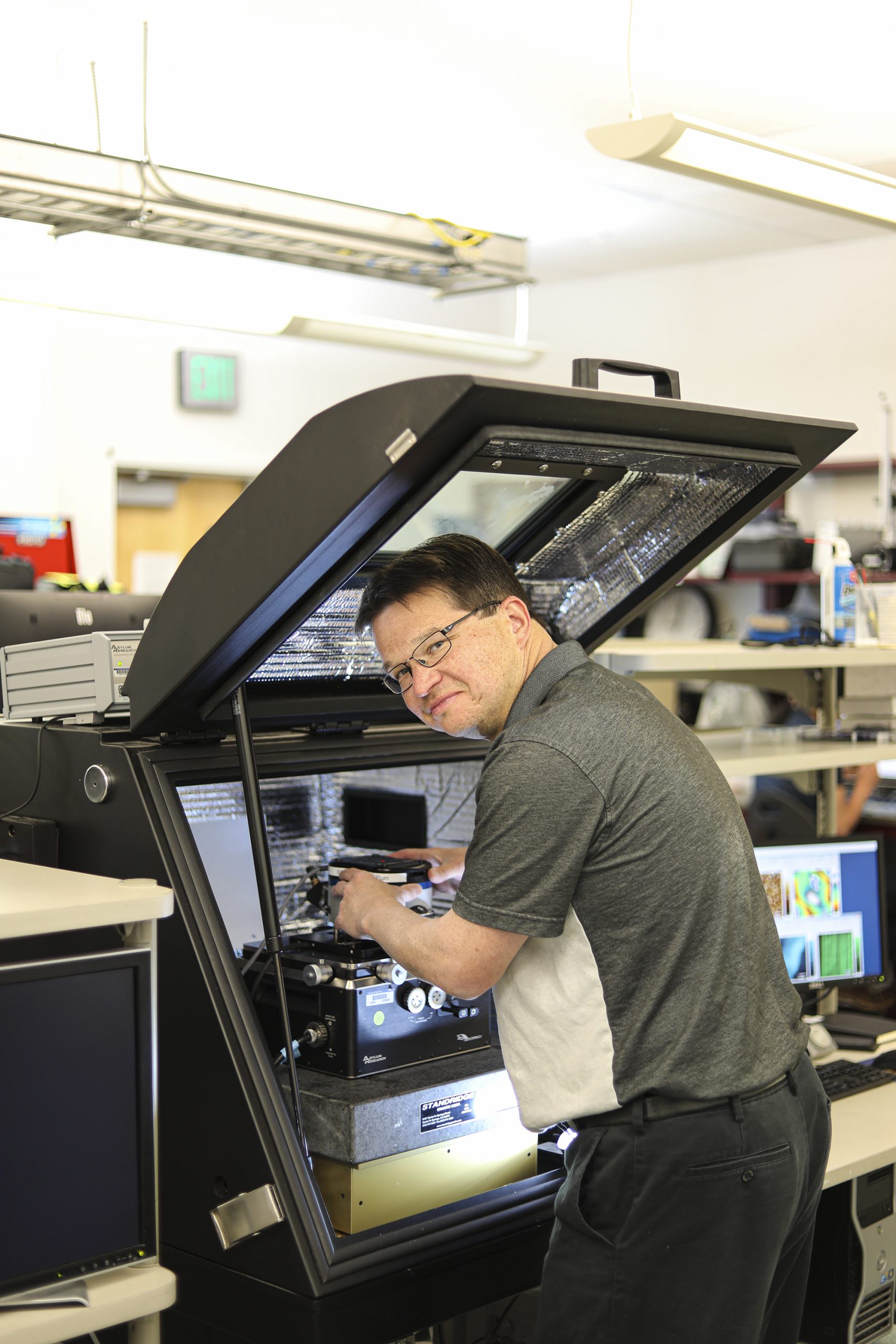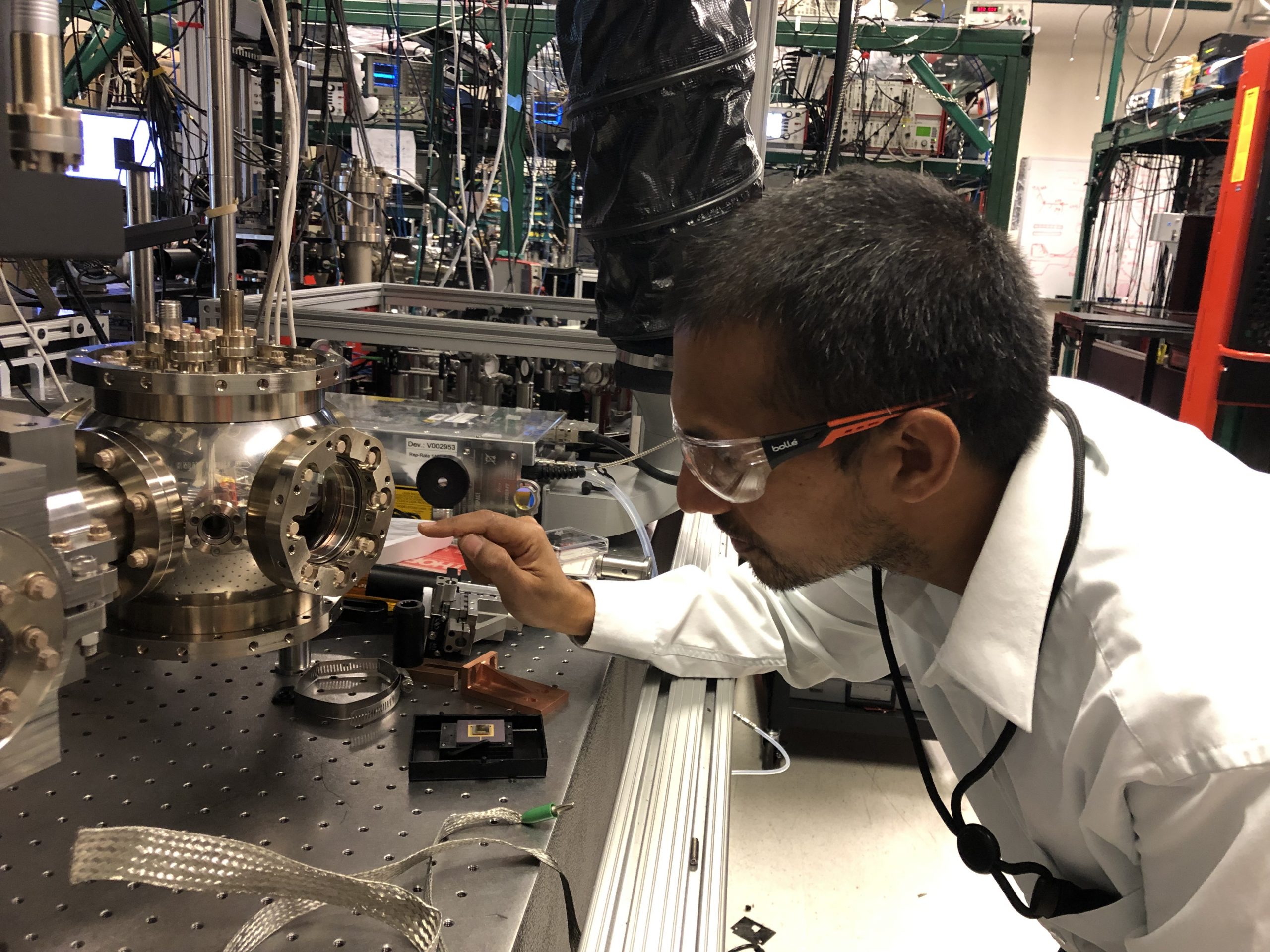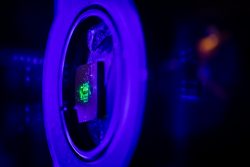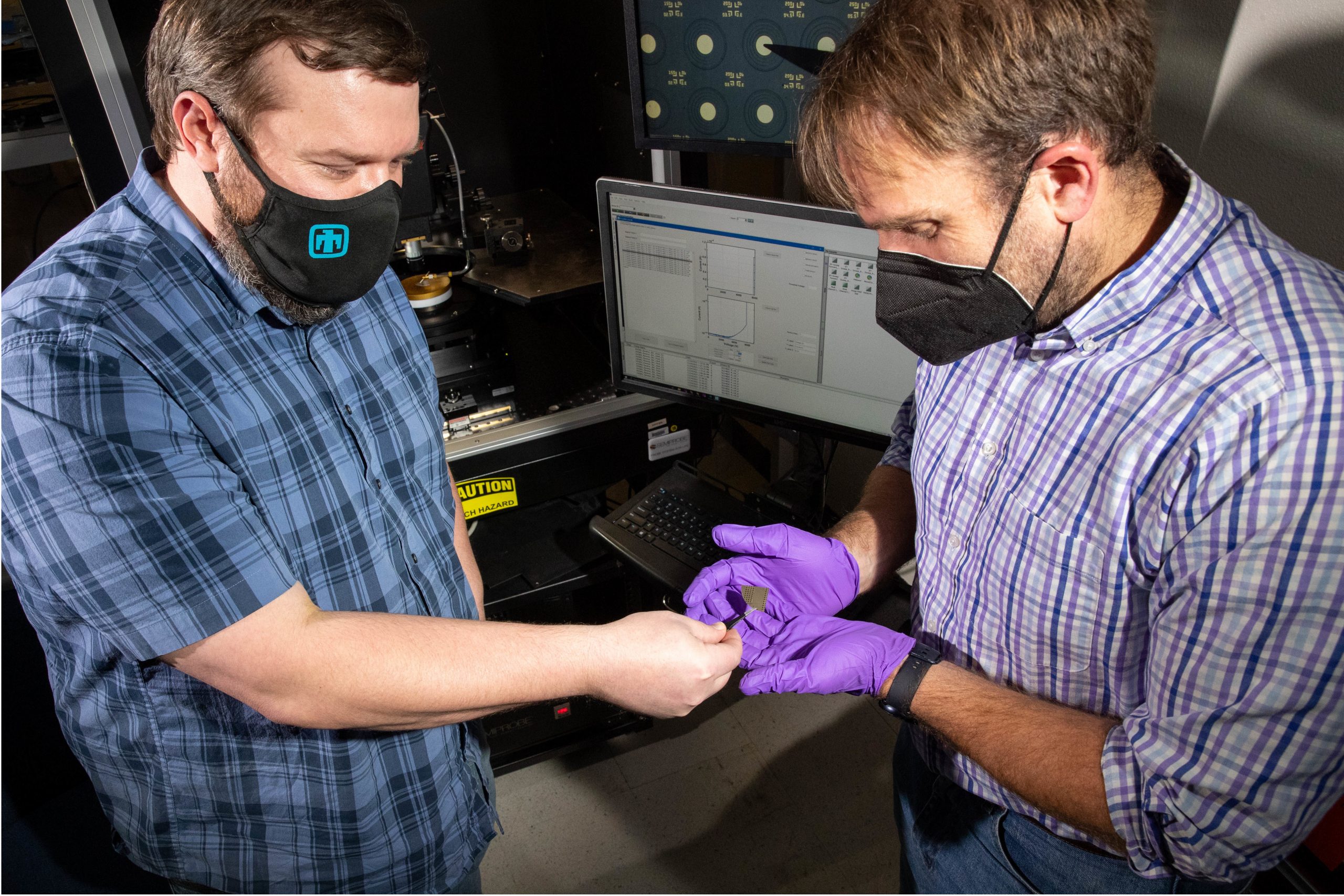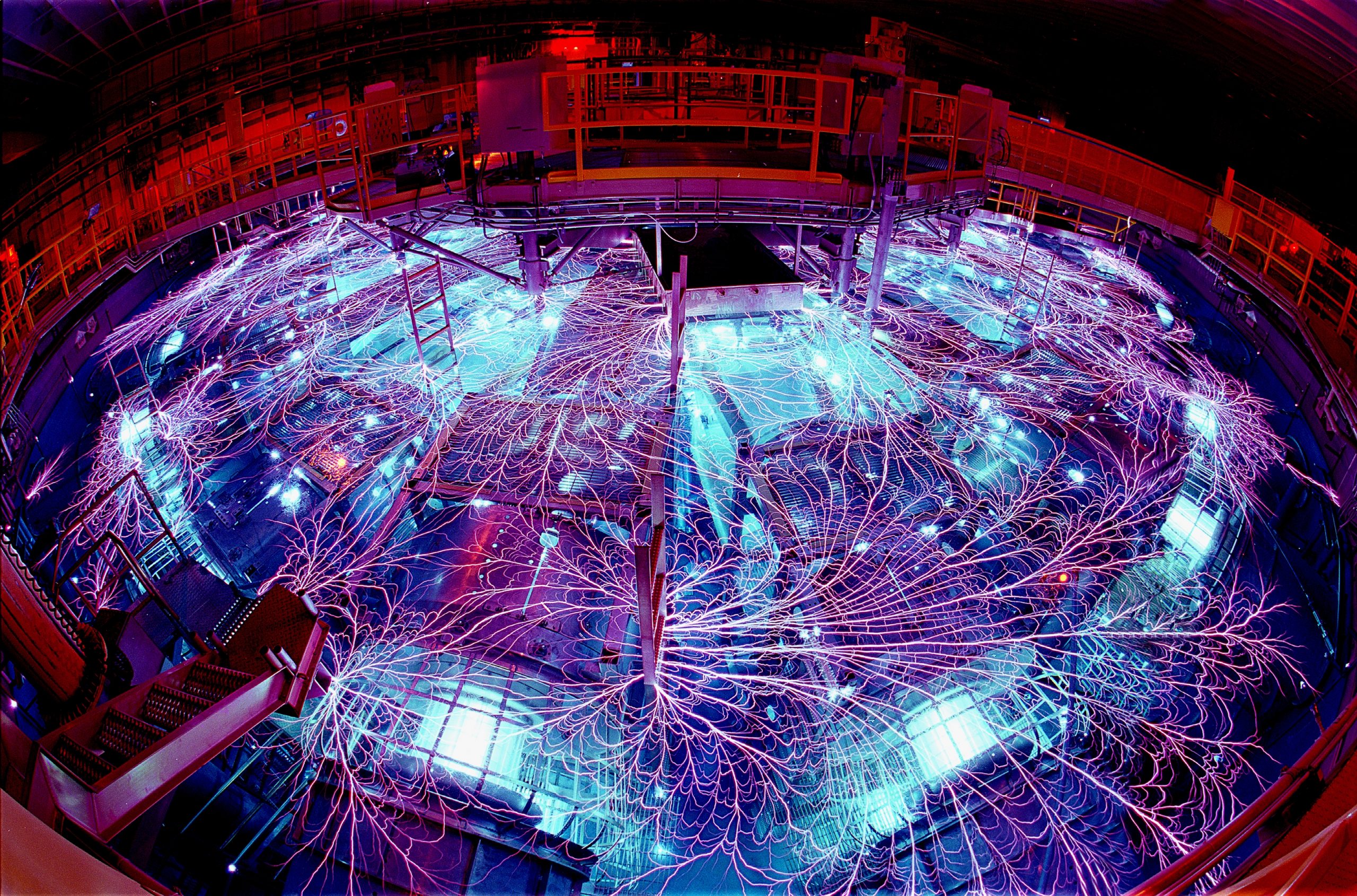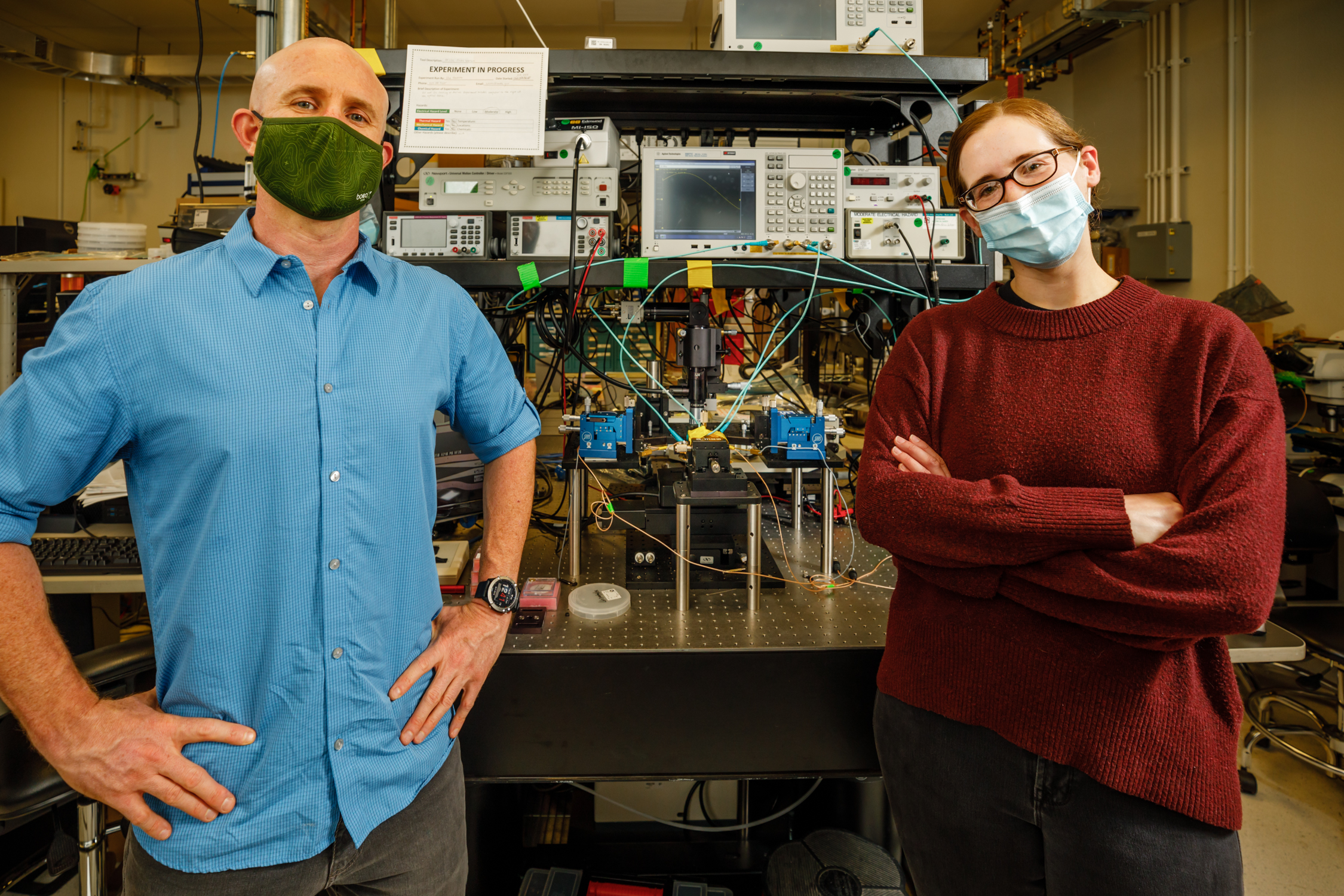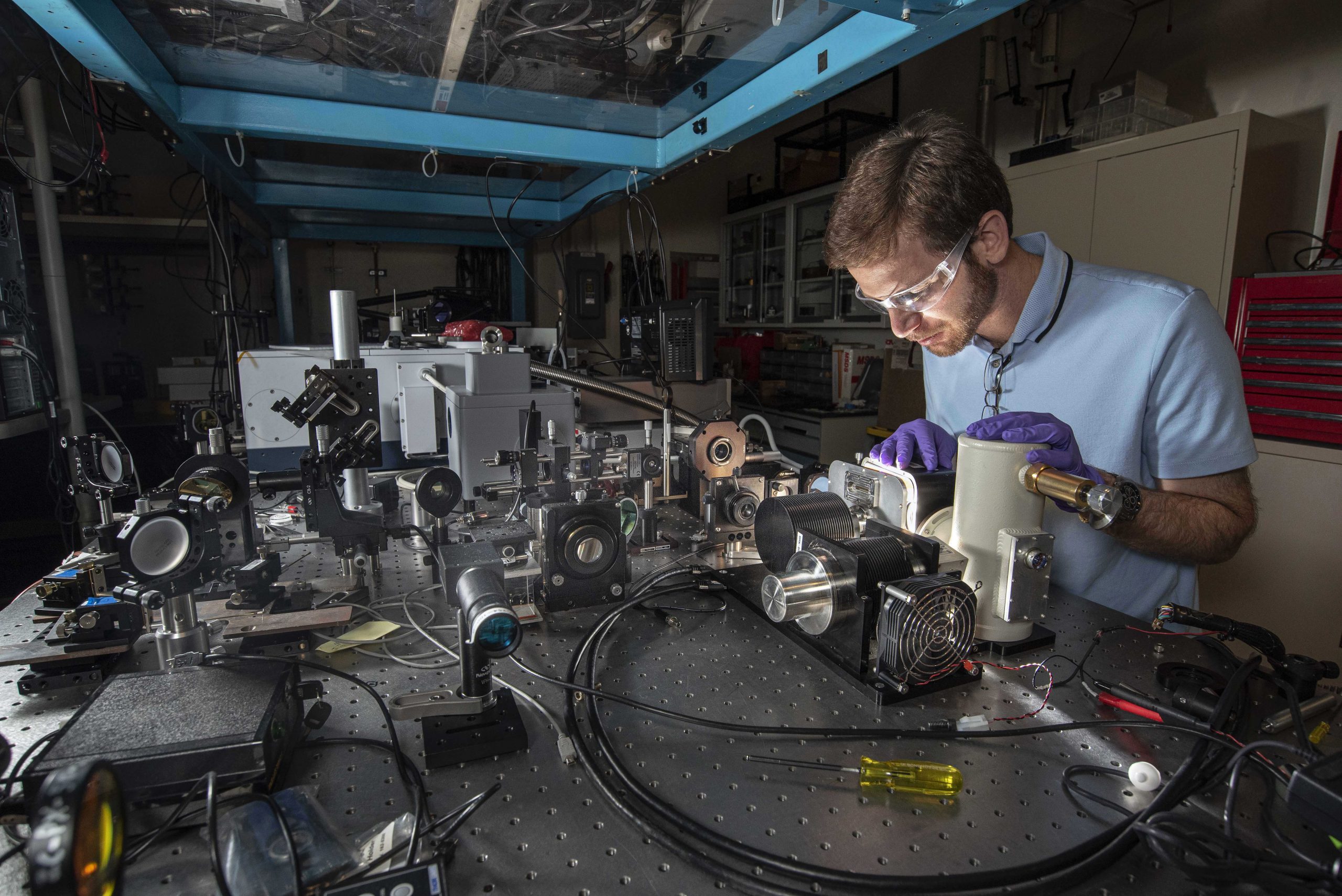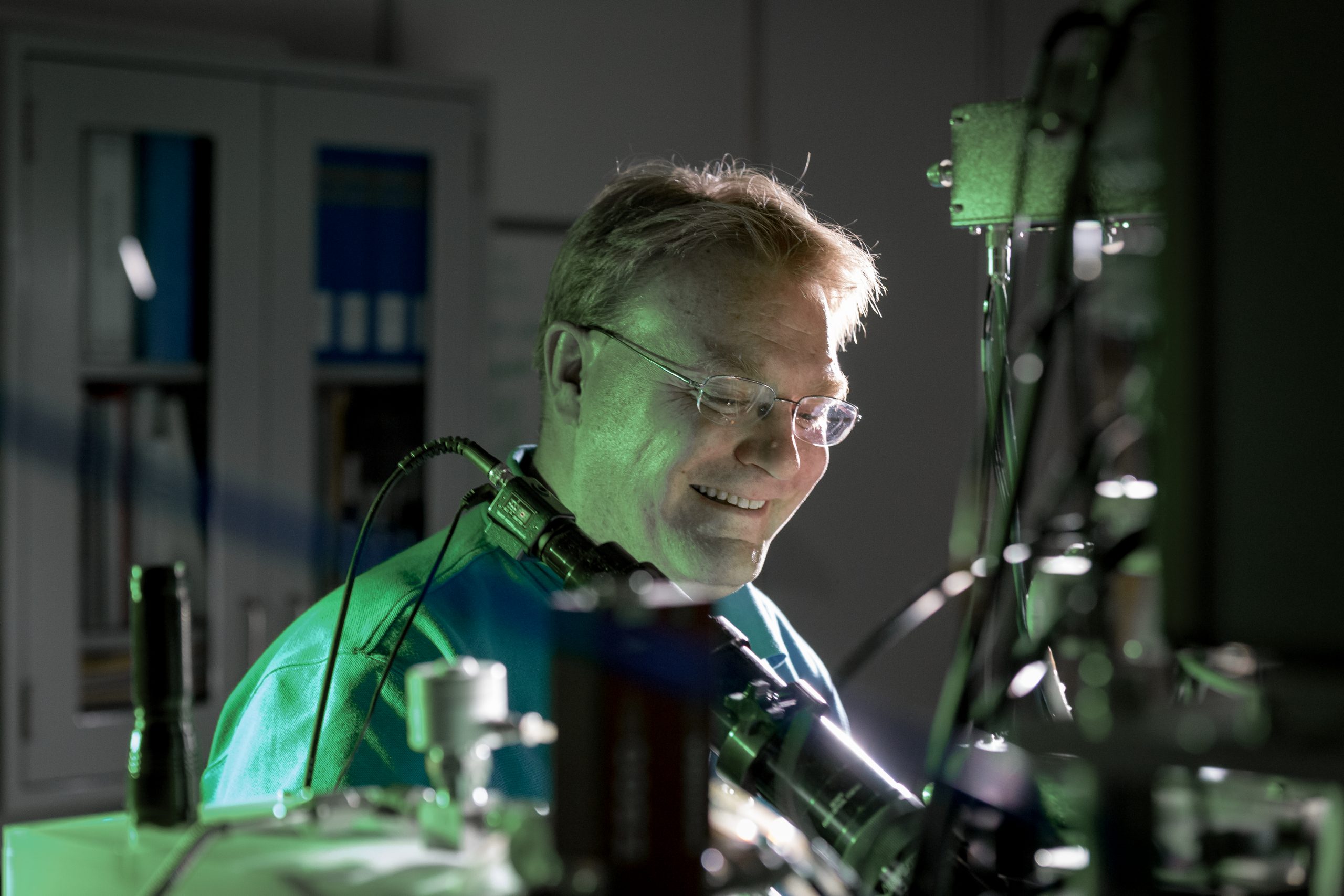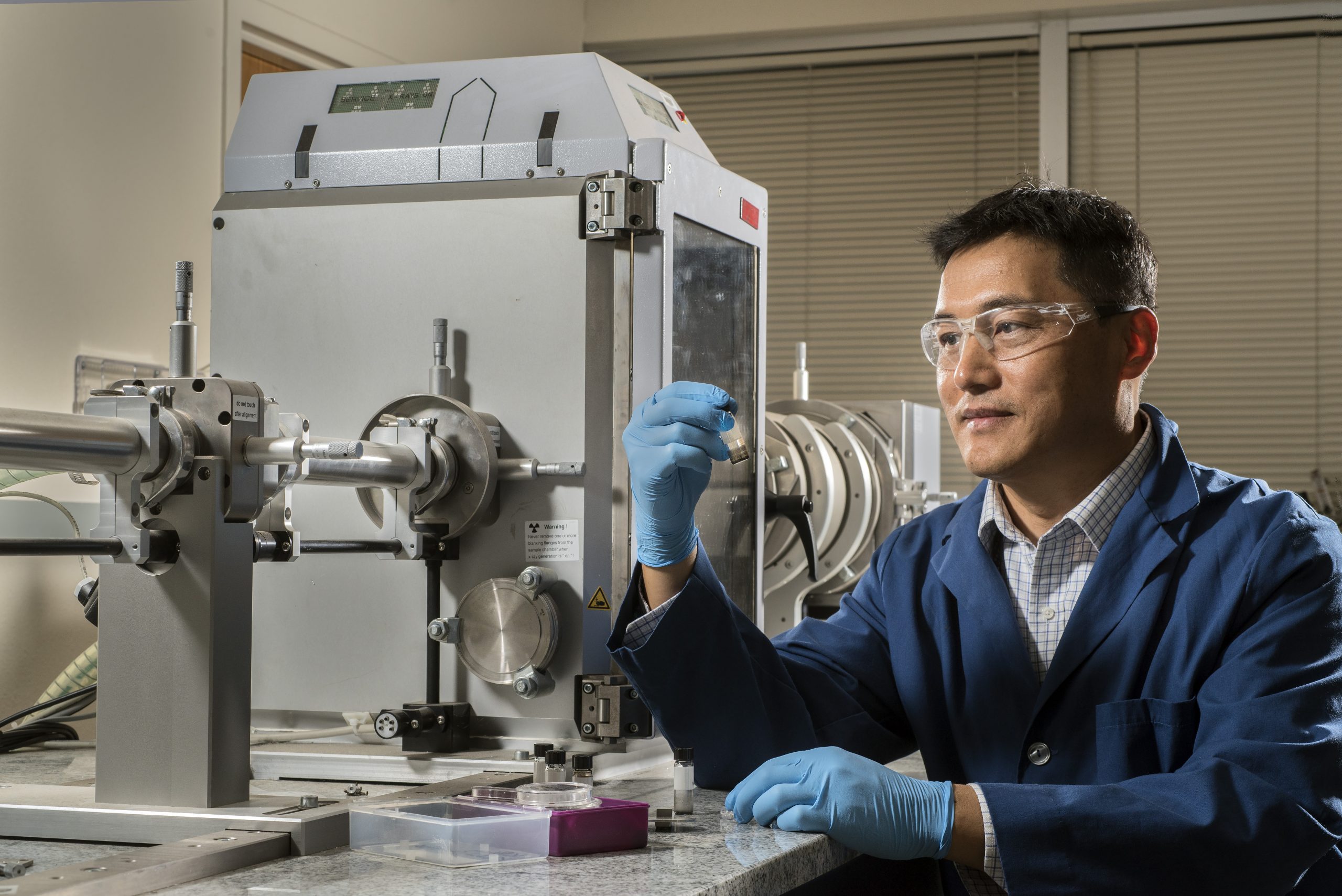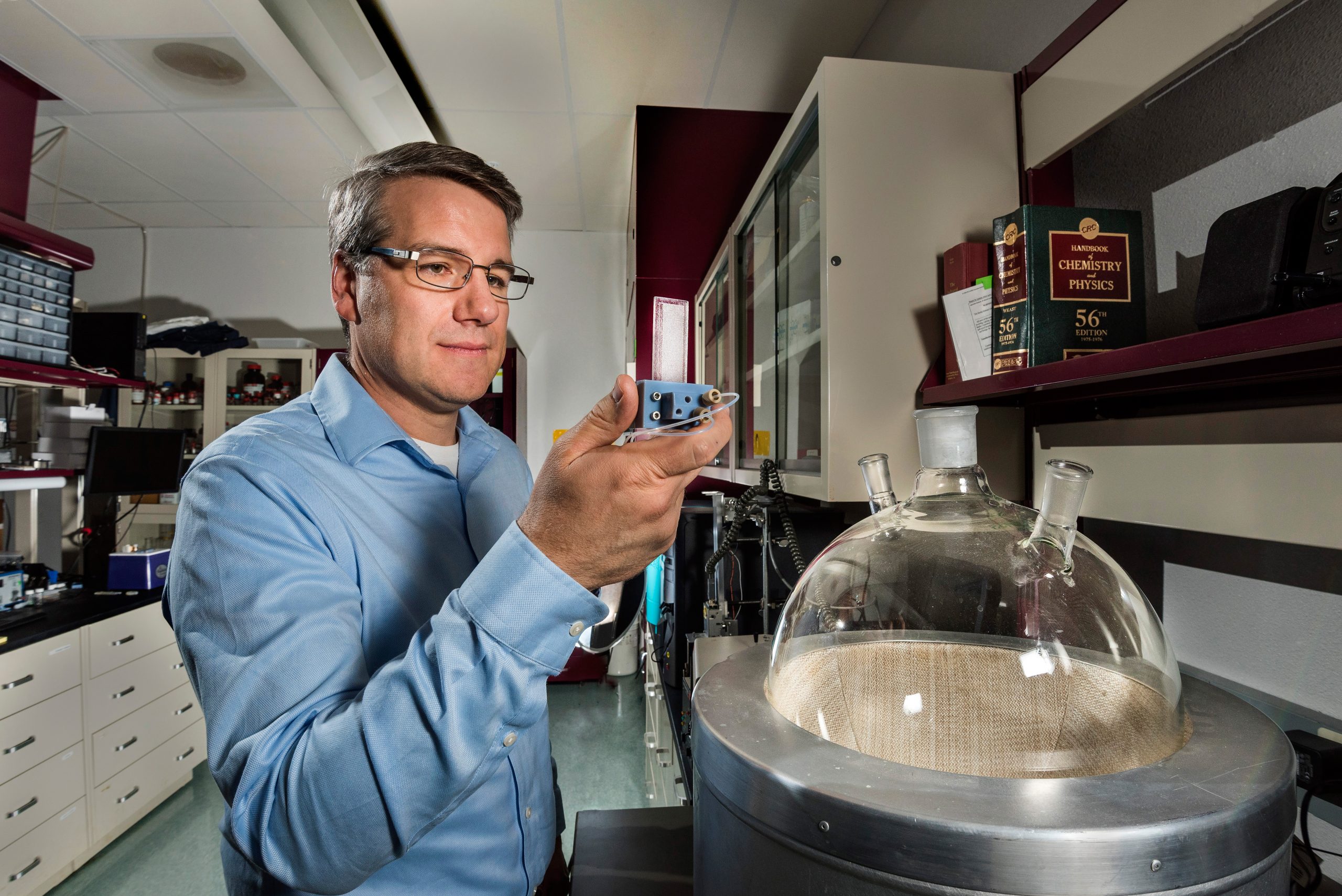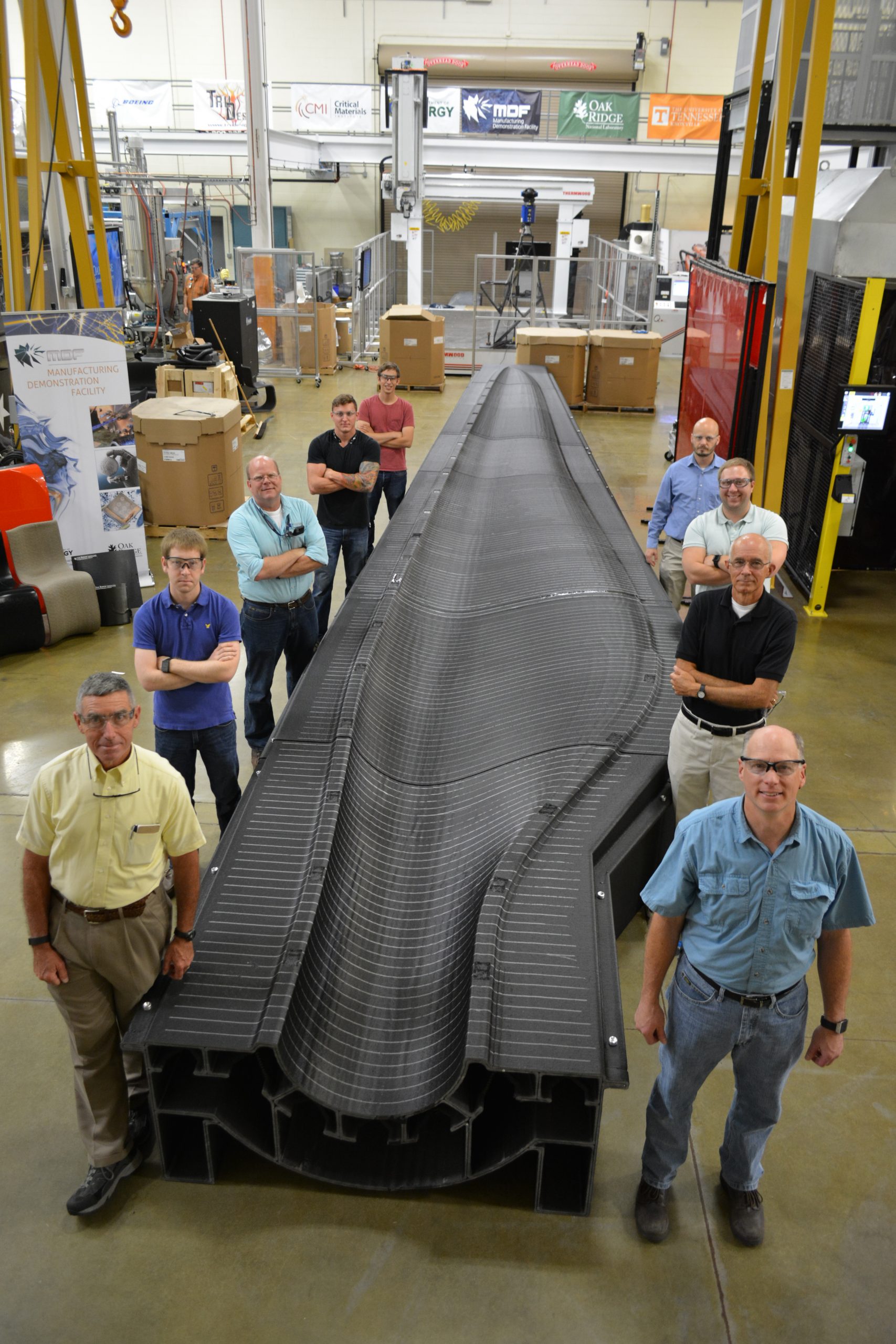November 10, 2022 • ALBUQUERQUE, N.M. — Sandia National Laboratories mechanical engineer Frank DelRio likes to think small — microscopically small. His groundbreaking work in nanomechanics and nanotribology earned him a trip to Pasadena, California, recently for the 2022 Hispanic Engineer National Achievement Awards Conference, where he was honored for his technical achievements. “Through...



